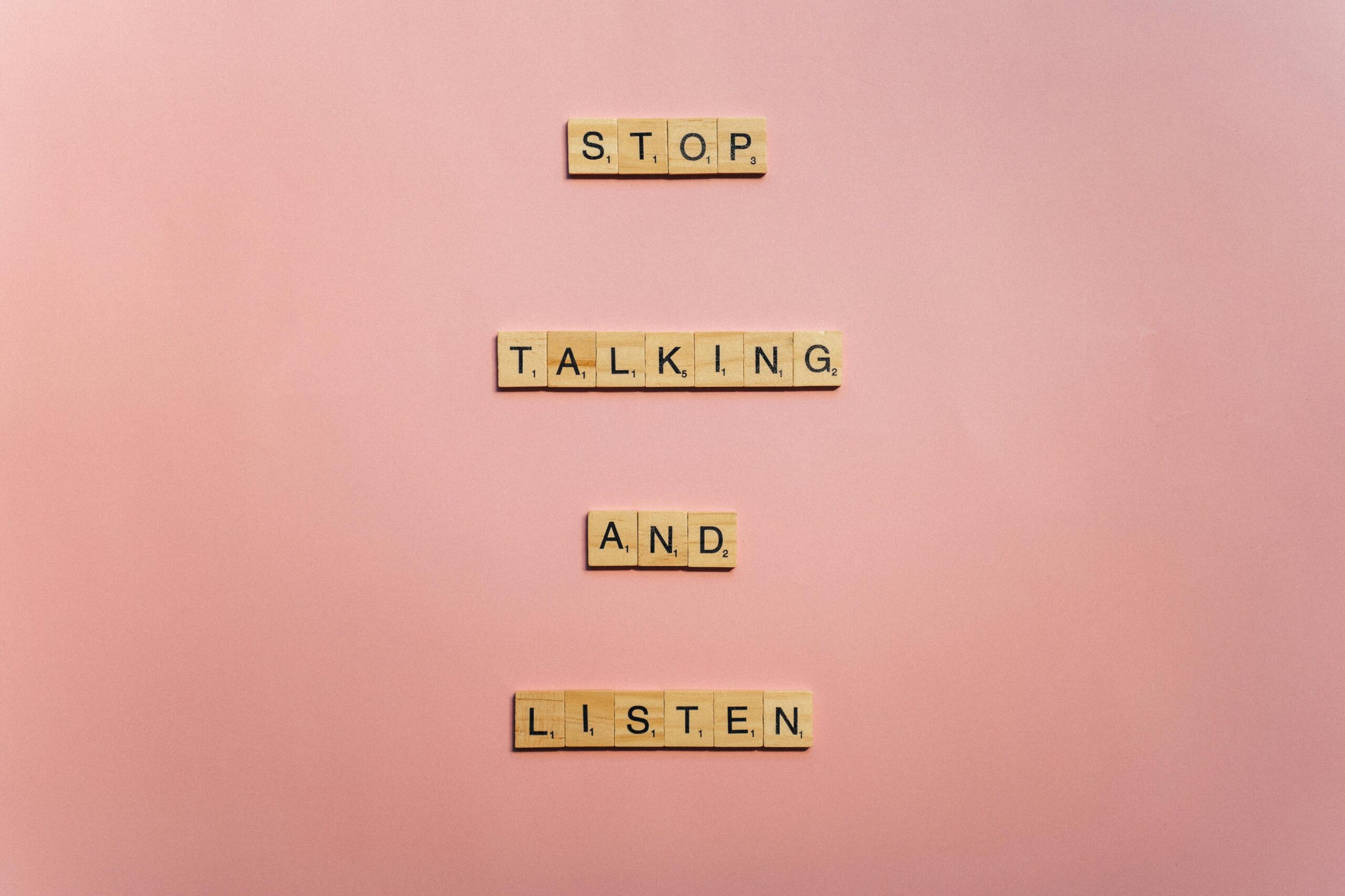Introduction: The Art of Eloquence in the 1800s
The 19th century was a golden age of refined communication, where elegance, nuance, and rhetorical mastery shaped personal correspondence, political discourse, and literary expression. Unlike today’s rapid, often fragmented exchanges, 19th-century communication was deliberate, poetic, and deeply rooted in classical rhetoric, social etiquette, and religious influences.
The linguistic hallmarks of 19th-century speech and writing
Key influences (Romanticism, Victorian morality, and the rise of literacy)
Notable figures who defined the era’s eloquence
How modern communication lost—and is rediscovering—these graceful techniques
Section 1: The Foundations of 19th-Century Eloquence
1. The Influence of Classical Rhetoric
The 1800s saw a revival of Greek and Roman rhetorical traditions, particularly:
-
Ciceronian structure (exordium, narratio, confirmatio, refutatio, peroratio)
-
Aristotelian appeals (ethos, pathos, logos)
-
Quintilian’s emphasis on moral character in speech
Example: Abraham Lincoln’s Gettysburg Address (1863) masterfully employed:
-
Anaphora (“We cannot dedicate—we cannot consecrate—we cannot hallow…”)
-
Parallelism (“government of the people, by the people, for the people”)
2. The Role of Religion in Language
Biblical phrasing permeated daily speech, including:
-
Thee/Thou formal address (still used in Quaker communities)
-
Proverbs and parables as moral guides
-
Sermon-like cadences in public speaking
Case Study: The Second Great Awakening (1790–1840) popularized evangelical preaching styles, blending emotional appeals with structured argumentation.
3. The Rise of Letter-Writing Culture
Before telephones, letters were the primary mode of long-distance communication. Key traits included:
-
Elaborate salutations (“My Dearest Cousin, I pray this letter finds you in good health…”)
-
Flowery closings (“I remain, as ever, your devoted servant…”)
-
Secret codes (flower meanings, ink colors symbolizing emotions)
Famous Correspondence:
-
Jane Austen’s letters (witty, yet meticulously polite)
-
John Keats’ love letters to Fanny Brawne (passionate but restrained)
Section 2: The Social Rules of Graceful Communication
1. The Etiquette of Conversation
Victorian England and antebellum America had strict speech codes:
-
No interrupting (considered vulgar)
-
Indirect requests (“Might I trouble you for…” vs. “Give me…”)
-
Euphemisms for delicate topics (“in a family way” instead of “pregnant”)
Example:
Rude (modern): “You’re wrong.”
Graceful (19th century): “I beg to differ, my good sir, and would humbly submit an alternative view…”
2. Gender and Language
-
Men: Expected to be logical, authoritative (e.g., political speeches)
-
Women: Encouraged toward gentleness, modesty (e.g., sentimental poetry)
-
Exceptions: Reformers like Elizabeth Cady Stanton deliberately adopted masculine rhetorical styles for impact.
3. The Power of the Pause
Unlike today’s fast-talking debates, 19th-century speakers used:
-
Strategic silence (for emphasis)
-
Slow, measured pacing (to allow reflection)
-
Poetic meter (iambic pentameter in speeches)
Famous Example:
Frederick Douglass’ “What to the Slave Is the Fourth of July?” (1852) used deliberate pauses to heighten emotional effect.
Section 3: Literary and Political Masterpieces of the Era
1. The Romantic Movement’s Influence
-
William Wordsworth: Advocated for “the real language of men” (but still poetic)
-
Lord Byron: Blended raw emotion with aristocratic wit
-
Emily Dickinson: Brief but dense with metaphor
2. Political Oratory That Shaped Nations
-
Daniel Webster’s “Liberty and Union” speech (1830)
-
Sojourner Truth’s “Ain’t I a Woman?” (1851, blending folksy and formal)
-
Benjamin Disraeli’s parliamentary wit
3. The Decline of Oratory in the Late 1800s
-
Telegraphs shortened messages
-
Newspapers favored concise reporting
-
Industrialization sped up life, reducing patience for long speeches
Section 4: Lessons for Modern Communicators
What We’ve Lost (And How to Reclaim It)
-
Nuance → Replaced by soundbites
-
Courtesy → Eclipsed by bluntness
-
Artful persuasion → Overshadowed by clickbait
How to Incorporate 19th-Century Grace Today
-
In Emails: Use warmer openings/closings
-
In Public Speaking: Slow down, use silence strategically
-
In Debates: Prioritize listening before responding
Conclusion: The Enduring Power of Words Done Well
While we can’t return to 1850, the principles of thoughtful, graceful communication remain timeless. In an age of tweets and TikTok, those who master clarity, elegance, and emotional resonance will stand out—just as the great orators and writers of the 19th century did.
Final Thought:
“Language is the dress of thought.” —Samuel Johnson (1779)





